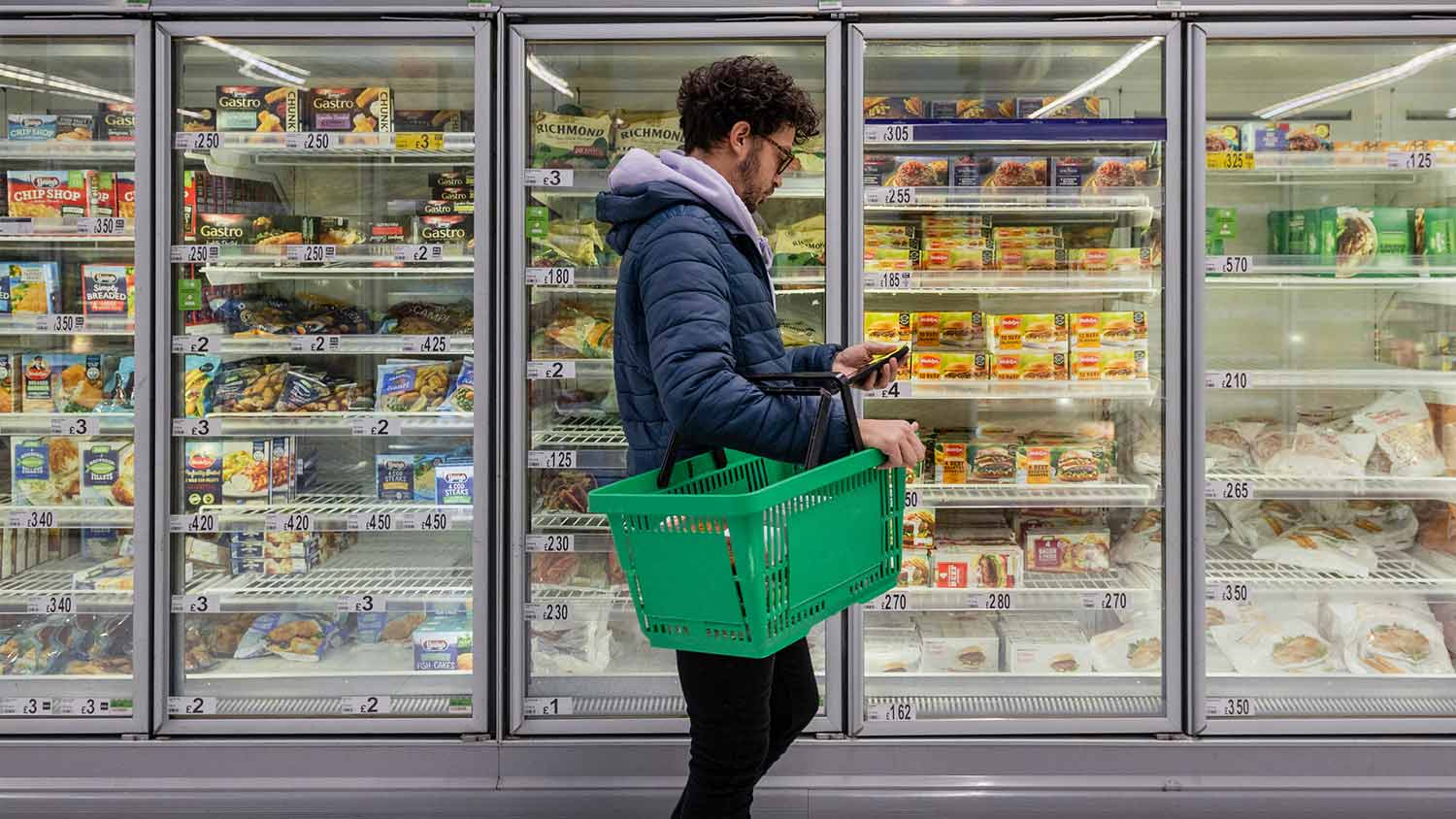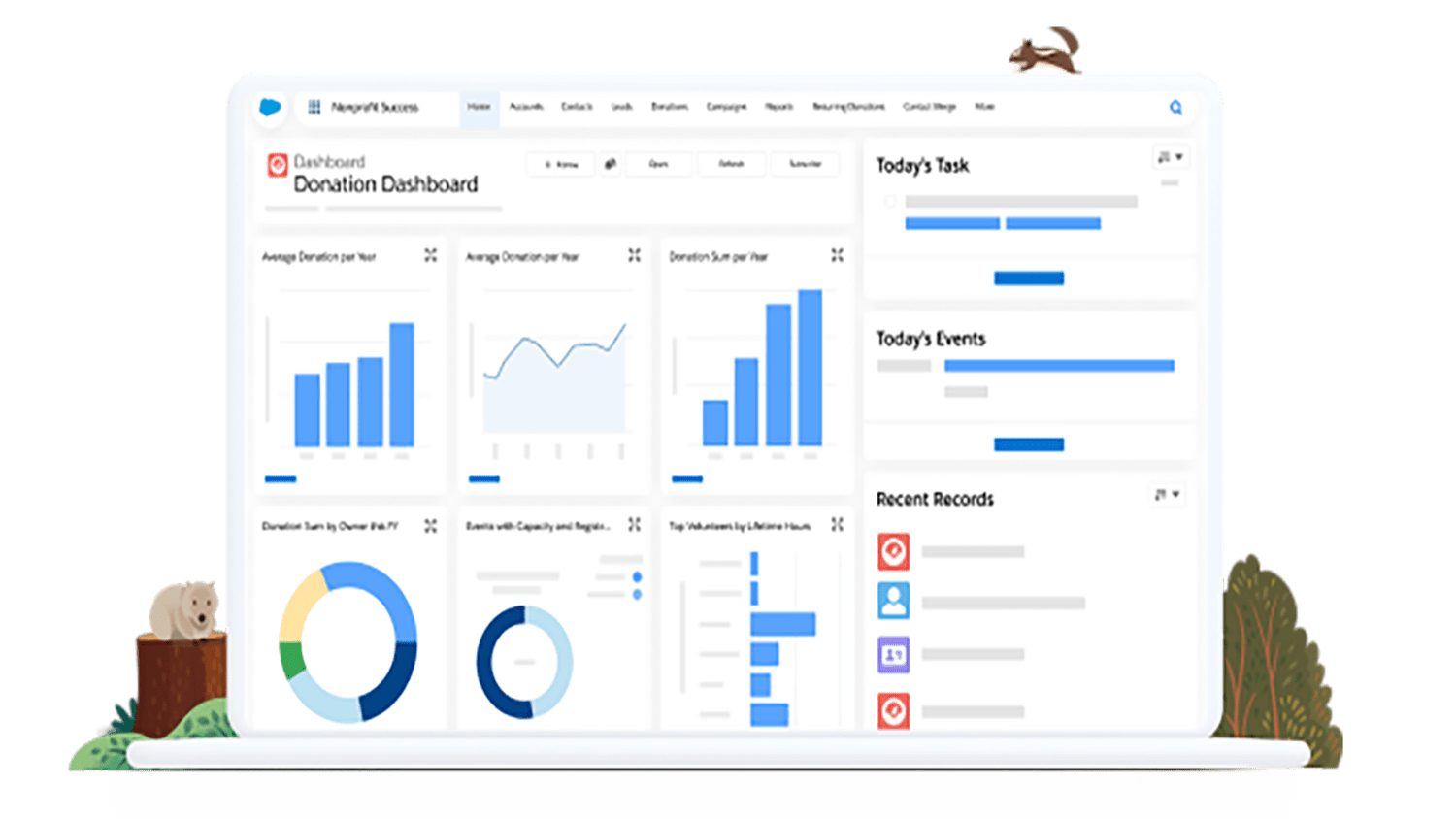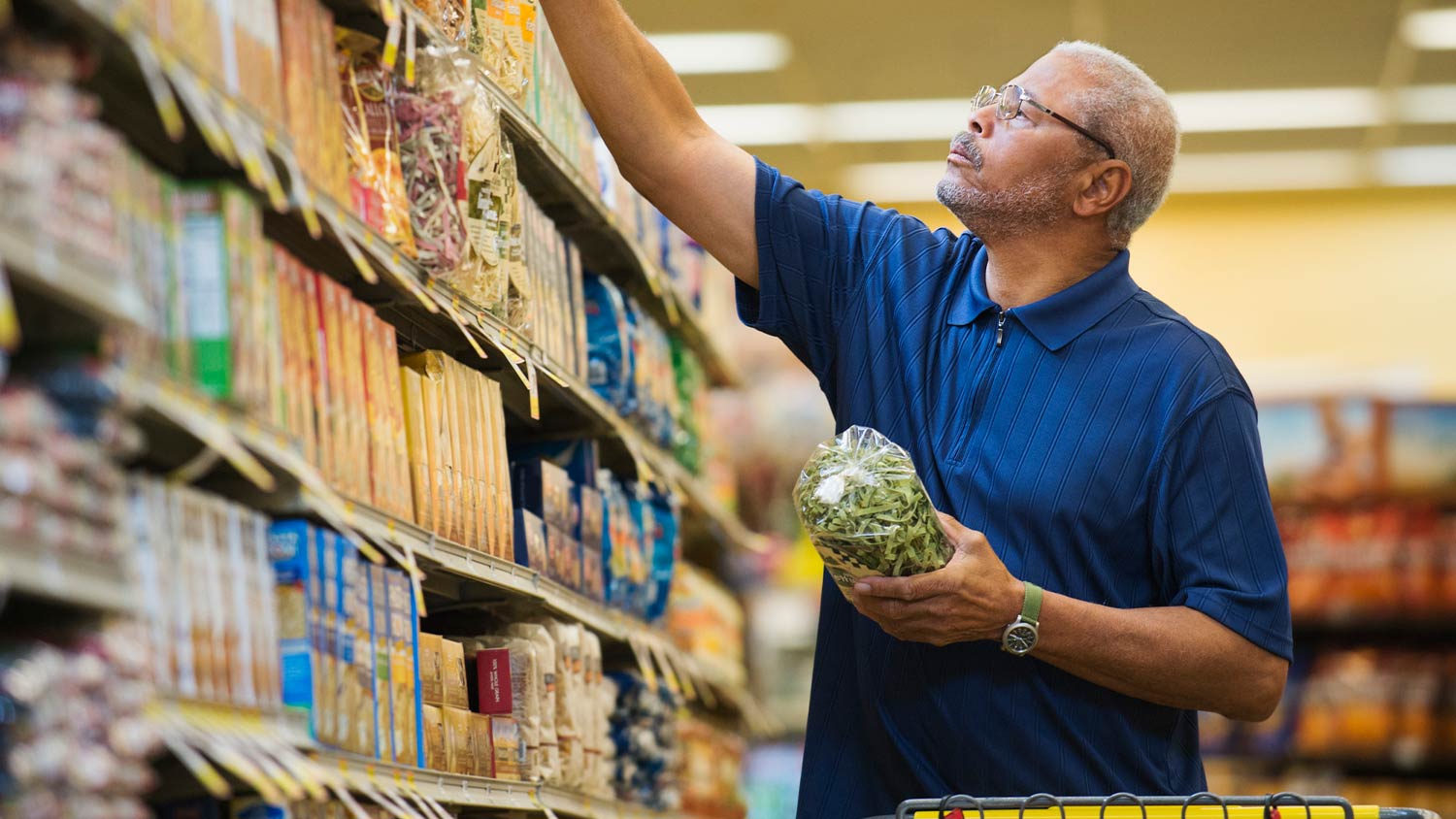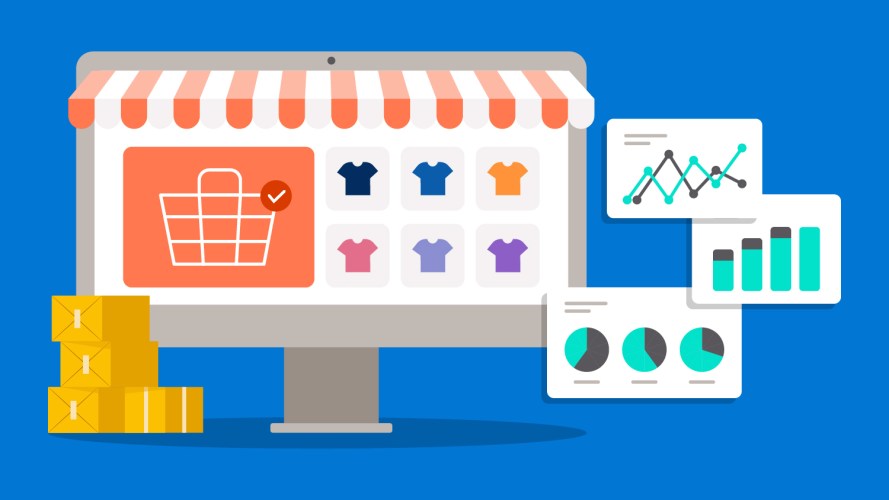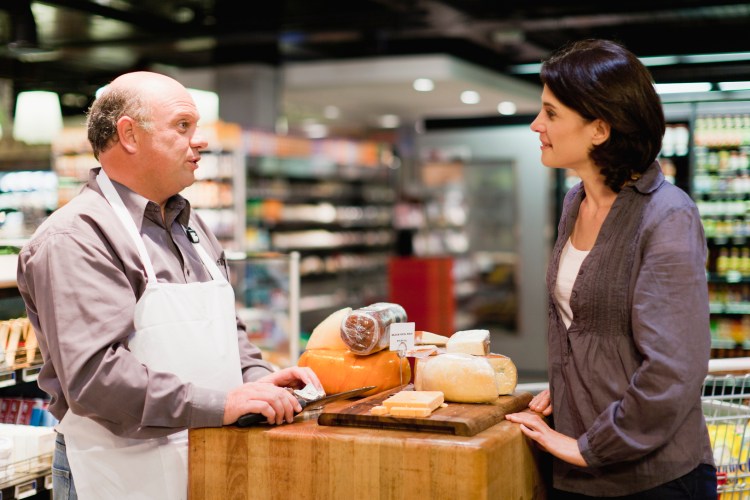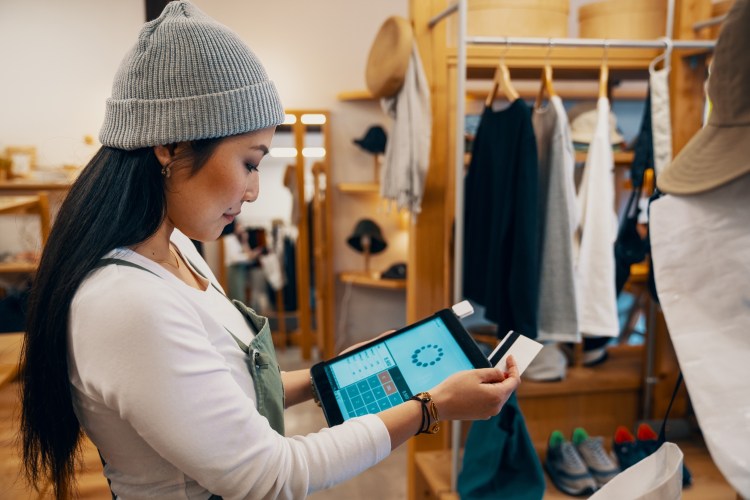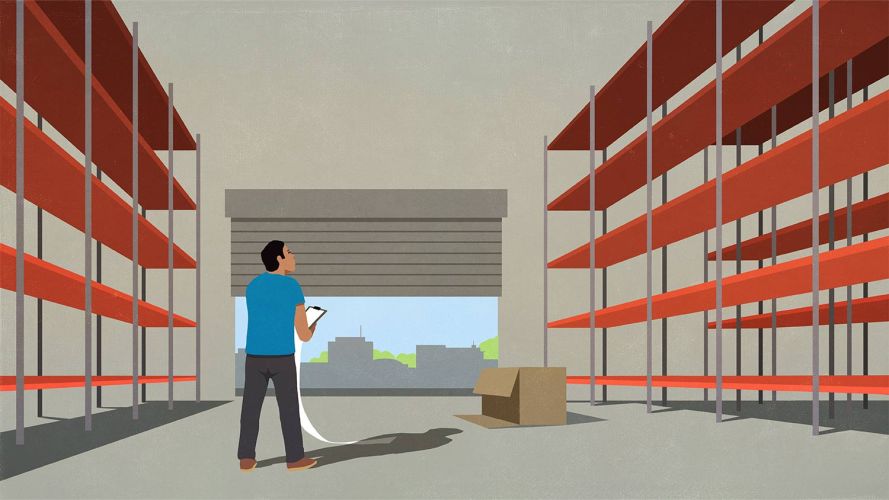What is Retail Execution — And How Can Brands Make It Pay Off?



Keep your retailers happy and your margins high by following retail execution best practices.

Hilary Englert
The consumer goods (CG) industry spends $200 billion each year to promote products in stores through retail execution. But Deloitte estimates 90% of companies fail to deliver on their in-store promotional strategy.
CG companies can’t afford to miss sales opportunities. Margins have returned to slim baselines as pricing and costs stabilize. It’s never been more important for your retail execution plans to deliver. Ready to rethink your retail execution strategy?
Let’s get started:
- What is retail execution?
- Why is retail execution important?
- Key components of retail execution
- Retail execution best practices
- How brands have improved their retail execution
- Retail execution strategies keep brands top of mind
What is retail execution?
Retail execution refers to the activities CG brands use in retail stores to help their brands “pop” on shelves and land in shoppers’ carts. It includes things like product placement, pricing, promotions, inventory management, and store staff training. When it’s done well, brands can be sure the right products are available at the right time and at the right price. This drives revenue for the brand, encourages retailers to give you more shelf space, and can boost shopper satisfaction and loyalty.
(Back to top.)
Why is retail execution important?
Retail execution is essential to a CG brand’s profitable growth. Your field reps make sure your products are displayed well and have good visibility. They ensure retailers have the right amount of stock they need to meet demand and that it’s priced competitively. Effective retail execution keeps your brand up front for shoppers, so they’ll buy again and again (and tell their friends). It also helps retailers stay competitive by allowing them to adapt to consumer and market trends in real time.
(Back to top.)
Attention-grabbing retail execution
Key components of retail execution
A retail execution strategy is made up of a lot of moving parts. Key components include:
Merchandising
Selecting the product assortment, determining product placement in stores, making sure product displays follow the planograms, and setting pricing all play a part.
Inventory management
Keeping track of stock levels and reordering as needed are key.
Promotions
Planning and executing campaigns, events, and discounts brings shoppers into stores and increases sales.
Staff training
Educating a retailer’s associates on your products is crucial in helping them sell, upsell, and cross-sell.
Data analytics
Tracking and analyzing sales performance, consumer behavior, and stores’ operations helps you determine the success of a promotion so you can better plan the next one.
Retailer relationships
Working closely with retailers contributes to the success of in-store promotions, resolves issues quickly, and helps you negotiate better terms.
Retail execution best practices
To make your retail execution budget pay off, it’s important to follow a few best practices.
Understand retail relationships. Take time to understand the retailer’s business and build a collaborative partnership where you plan together, constantly communicate, and align both of your goals.
Build a support plan. Give your retailers what they need to sell your products. This includes training materials, promotional collateral, and point-of-sale displays that help them showcase your products.
Pull out all the stops for position. Be relentless in getting the best shelf placement, end-cap displays, and locations within the store. If you don’t, your competitors will.
(Back to top.)
How brands have improved their retail execution
Want to improve your retail execution? Start by focusing on three areas: inventory visibility, strategy adherence, and always-on pricing access.
Keep tabs on your inventory to keep shelves stocked
Inventory problems like out-of-stocks or delivery slowdowns disappoint shoppers, let down retailers, and negatively impact your bottom line. That’s why 52% of CG leaders told us they want better visibility into their inventory.
Field reps who use the right retail execution solution can tell their company’s supply-and-demand planning teams where the real needs are and help them optimize the flow of goods. This is likely to win over retailers, who don’t like losing sales, either.
To keep shelves stocked, your field reps also need solutions to help them plan more efficient store visits. Mobile devices, such as tablets that work with and without connectivity, let reps access current inventory levels; plan routes intelligently; order products; and send reports, no matter where they are. For example, field reps can reorder inventory right at the store — and if the warehouse is out of stock, they can suggest alternatives on the spot. If connectivity is spotty, orders will execute as soon as those wireless bars return.
(Back to top.)
Make sure in-store displays play by your rules
Store displays are critical if you want consumers to keep reaching for your products. In grocery stores, for example, placing products on an endcap yields a 93% increase in exposure — a huge advantage since 62% of grocery store purchases are impulse buys.
And yet, only 48% of CG leaders say their merchandising and marketing plans are executed as intended at their retail locations. Give your field reps the information they need to carry out your carefully planned strategy. They need easy access to planograms and display instructions so they can quickly set up product displays in stores rather than search online and in briefcases for directions. This frees them up to consult with store managers and associates, building relationships that ultimately result in more sales. It also gives them more time to scope out what your competitors are doing so they can report back to the sales and marketing team.
Field reps are the connective tissue between your brand and retailers. Providing them with accurate information — and keeping that information up to date and accessible with smart retail execution strategies — plays a major role in how your brand presents to consumers. Ultimately, field reps are your eyes and ears, evaluating competing merchandise and sharing what’s happening in the shopping aisles.
(Back to top.)
Give field reps access to always-on pricing
It’s early February and your field reps are eager to keep shelves stocked before Valentine’s Day. But they’re missing order opportunities everywhere they go. Why? Without offline access to pricing scales, per-unit cost, and manufacturer discount information, they can’t place orders easily or at the right moments. That harms your retailer relationships, especially when your competitor’s field rep can immediately place an order for their right-priced, heart-shaped balloons.
Penny-perfect pricing is a must-have in the industry – and your field reps need it at their fingertips. Be sure they can access accurate pricing, with or without connectivity, no matter where they are. With it, reps can answer product questions, quickly place seasonal orders while on site, and feel confident they’re priced competitively.
(Back to top.)
Retail execution strategies keep brands top of mind
Retail execution activities are essential in motivating consumers to reach for your product and in convincing retailers to give you prime placement in stores. But to make your retail execution budget pay off, you need to give home office teams and field reps the tools and technology that make the process easier, more efficient, and more productive.
(Back to top.)
